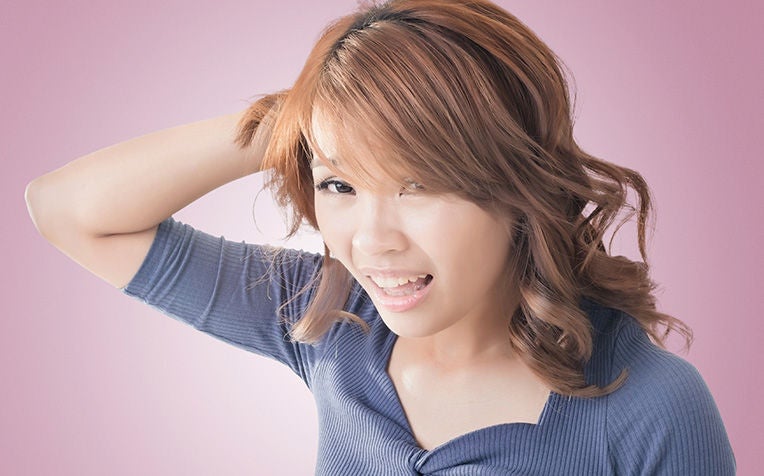
Urinary incontinence What are the different types of urinary incontinence and their causes?
Urinary incontinence is the inability to prevent the loss of urine (water and wastes removed by the kidneys) from the bladder. While women are twice as likely as men to suffer from incontinence because of pregnancy, childbirth, menopause, and the structure of the female urinary tract, it can also come about as a result of obesity, neurological injury, birth defects, stroke, multiple sclerosis, and physical problems associated with ageing. Although it happens more often in older women, urinary incontinence is a medical problem that can be treated, and should not be seen as something that is part and parcel of ageing.
The severity of the problem can range from an occasional leakage of urine when one coughs or sneezes, to sudden and unpredictable episodes of urine leakage – from being a slightly cumbersome problem to being an utterly debilitating source of public embarrassment and deterrence from social activities and engagement.
Descriptions of different types of urinary incontinence
Most bladder control problems are due to weak or overactive muscles. Different types of urinary incontinence include:
Stress urinary incontinence (SUI): When the bladder muscles are weak, often as a result of physical changes resulting from pregnancy, childbirth and menopause, it may cause leakage as a result of physical exertions that increase intra-abdominal pressure, such as laughing, chronic coughing, sneezing, or heavy lifting. This is the most common type of urinary incontinence, affecting half of all women with urinary leakage.
Urge incontinence: Overactive bladder muscles causing the sudden, intense need to urinate, even with little urine in the bladder, and sometimes involuntary urine loss. This symptom increases with age, and is common among those with diabetes, Alzheimer’s disease, Parkinson's disease, multiple sclerosis, or stroke. Part of overactive bladder syndrome (OAB).
Overactive bladder syndrome (OAB): This occurs in 40 per cent of women with urinary leakage, with approximately 10 per cent of the general population having this type of urinary incontinence. OAB tends to increase with age, and is more common in menopausal women, those with spinal cord injuries, previous pelvic surgery, diabetes mellitus, multiple sclerosis, or pelvic radiation treatment, although it is often idiopathic – with no identifiable cause. Symptoms of OAB include:
- Sudden and overwhelming need to urinate (urgency)
- Urinating more than seven times during the day (frequency)
- Waking up more than once at night to urinate (nocturia)
- Urine leakage if unable to reach the toilet in time
Overflow incontinence: A weakened or damaged bladder that overfills with urine results in a poor urine stream, possible dribbling of urine, and a sensation of not completely emptying the bladder. It can also be caused by diabetes and spinal cord injury.
Functional incontinence: Physical and medical conditions that interfere with thinking, moving, or communicating, and hence getting to a toilet in time in those that otherwise have normal bladder control. This is common among the aged. Causes include arthritis, Alzheimer’s disease, or being wheelchair-bound.
Transient incontinence: A temporary episode of urinary incontinence that can be triggered by:
- Certain medications
- Urinary tract infection (UTI)
- Mental impairment
- Restricted mobility
- Severe constipation
- Ignoring bladder needs and postponing going to the toilet for too long
Mixed incontinence: A combination of stress incontinence and urge incontinence symptoms, with typically one particular type predominating.
“True” incontinence: Classically caused by a fistula, an abnormal connection between the urinary tract and the vagina. Can be caused by difficult childbirth, surgery, radiation therapy, or certain diseases.
Treating urinary incontinence
Treatment for urinary incontinence can vastly improve the quality of your life, so seek help early. Treatment options include physiotherapy, such as simple daily Kegel exercises to strengthen the pelvic floor muscles and bladder retraining methods, controlling fluid intake, medicines, electrical stimulation, special devices, and finally, in cases that are severe and unremitting, the option of surgery.
Ref: T12


















 Get it on Google Play
Get it on Google Play